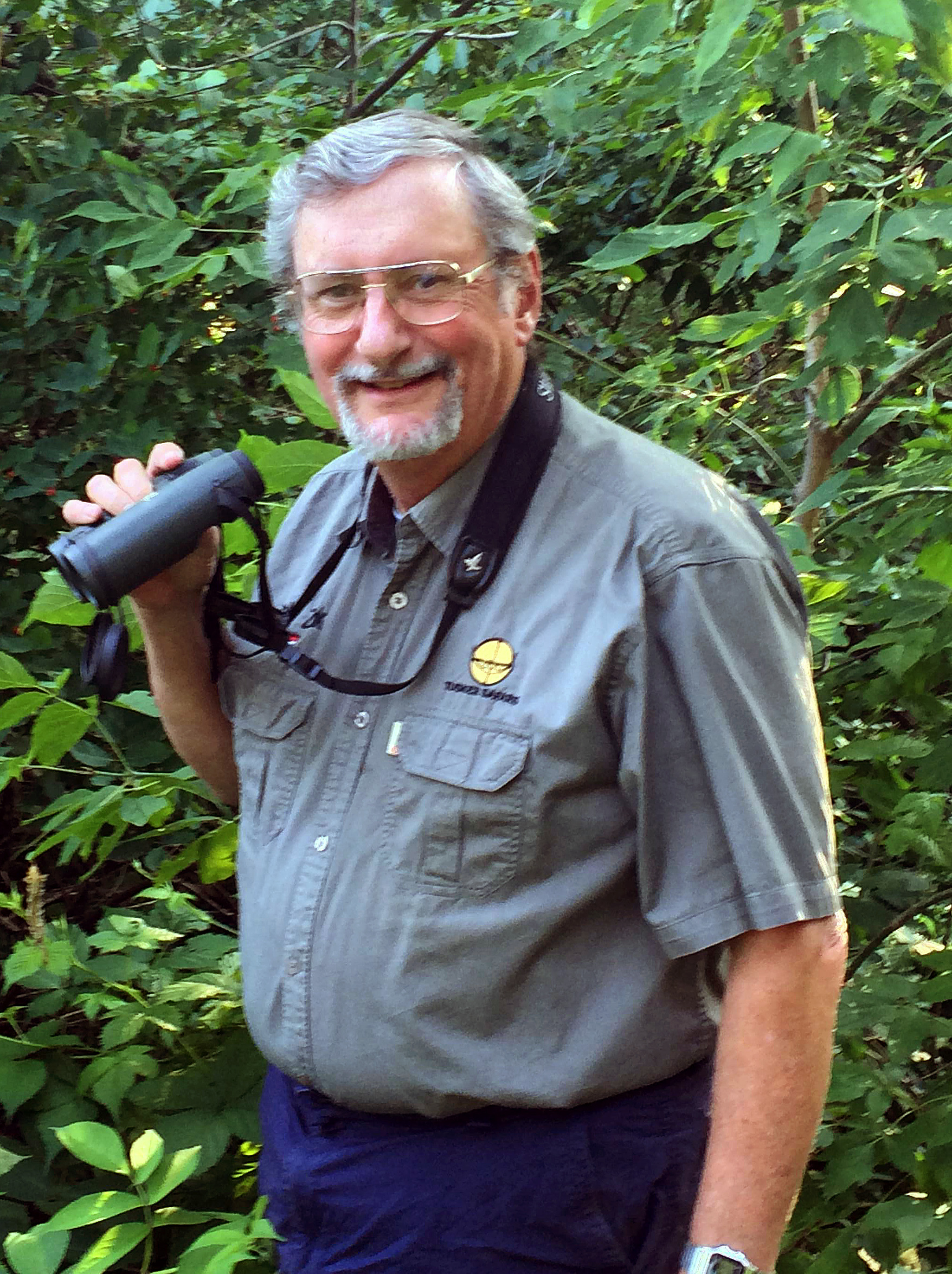
Dr. Robert Zink has been to 28 countries, including a three-month stint to Antarctica to collect birds for study. He’s published more than 150 articles and written a successful book, “The Three Minute Outdoorsman.” But he’s stayed grounded as a professor of ornithology, researcher of conservation genetics and museum curator.
His mother’s mink stole decorates his Hardin Hall office; hunting and fishing trips with his two sons are common; and birding with a cheap pair of Nikon Monarch binoculars is just fine.
In January, Zink became one of the newest faculty members to join the School of Natural Resources at the University of Nebraska-Lincoln. He brings more than 30 years teaching and research experience with him and will utilize his skills with the SNR, the School of Biological Sciences and the Nebraska State Museum of Natural History. His wife, Dr. Susan Weller, took over as director of the State Museum on Oct. 1. Zink also will serve as faculty sponsor to the UNL Shotgun Club.
“It’s a luxury that (the public) allows us to be here,” Zink said about his years teaching and researching at universities across the United States.
He brings that viewpoint to his writings, his research and into the classroom.
While at UNL, Zink will teach courses in both SNR and SBS and will continue his research on the evolution of avian migration and genomics of birds in Baja, California. But he also will expand his research to include the genetic structure of white-tailed deer, wild turkey and pheasant populations in Nebraska.
Zink hopes to map the gene for resistance to chronic wasting disease in Nebraska deer populations. He’ll compare the data with that of the deer from neighboring state’s white-tailed deer populations.
He’s also working on mapping the genetic codes of the state’s turkeys. That research could play a role in boosting hunting tourism in the state.
Three subspecies of wild turkey, Eastern, Rio Grande and Merriam’s, likely reside in the state due to previous efforts to boost turkey populations across the United States. Crossbreeding among the subspecies will have occurred.
Zink hopes to figure out the genetic barcodes of purebred turkeys and of those in the state to help prompt a discussion about genetics vs. appearance when it comes to turkey hunting. Depending on the outcome of those conversations, Nebraska, where hunters can have up to three turkey permits per season, could get a hunting boon, and those working toward a National Wild Turkey Federation Grand Slam (the harvest of one of each turkey subspecies) could see most of that achievement in Nebraska.
Zink’s other goal for his time with UNL is to gain funding for the State Museum and its projects. He looks forward to the planned $11.4 renovation of the fourth floor, which will include state-of-the-art exhibits using modern technology. (See more on the renovation here: http://go.unl.edu/44dj)
“I’d like to rekindle interest for the kinds of research a curator does,” Zink said. “I would like to see the museum active in research and valued by all.”
Zink, a native Minnesotan, earned his Ph.D. at University of California-Berkeley, completed is post-doctorate work at the American Museum of Natural History, served as a faculty member of Louisiana State University-Baton Rouge, and from 1993 to 2015 was Breckenridge Chair in Ornithology at University of Minnesota. In his down time, he likes to hunt, fish and do home repair.
- Shawna Richter-Ryerson, SNR communications associate
More details at: http://go.unl.edu/wta8